DIDIER VAN DER HEIJDEN: FOOD FOR THOUGHT
Didier van der Heijden, a former chef turned photographer, deeply loves all things food. He is the co-owner of Twentyten, a culinary photography and film studio in Amsterdam. Didier was raised in a creative family, with a father who had a passion for photography and a musically inclined mother. He has fond memories of family dinners in his childhood home. Now with a family of his own, he spends his spare time tending to his vegetable garden or cooking meals from scratch. But most days, you will find him in the studio, doing what he does best: capturing stunning images of food.
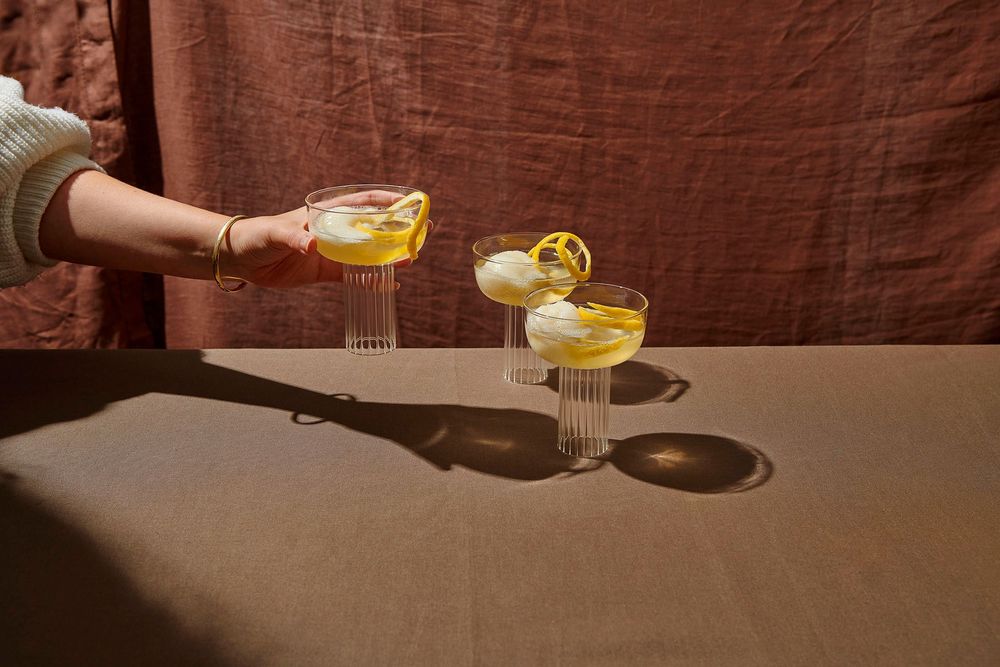
Yours is one of the few professions where the client is constantly involved, often physically present on the set. Is that ever frustrating?
DH: "The client often dictates a project. Now I see myself as a visual creator who works 360 days a year; the client spends ten days a year on set, at most. So it’s my job and responsibility to advise them. I need to tell and show them how we can make things look better. And sometimes that’s hard. They might be happy with the first shot you take, and you then have to convince them there’s value in making things even better. But that’s my job. I have to do it. I owe that to myself and the client.”
Funnily enough, restrictions or guidelines can actually be quite helpful.
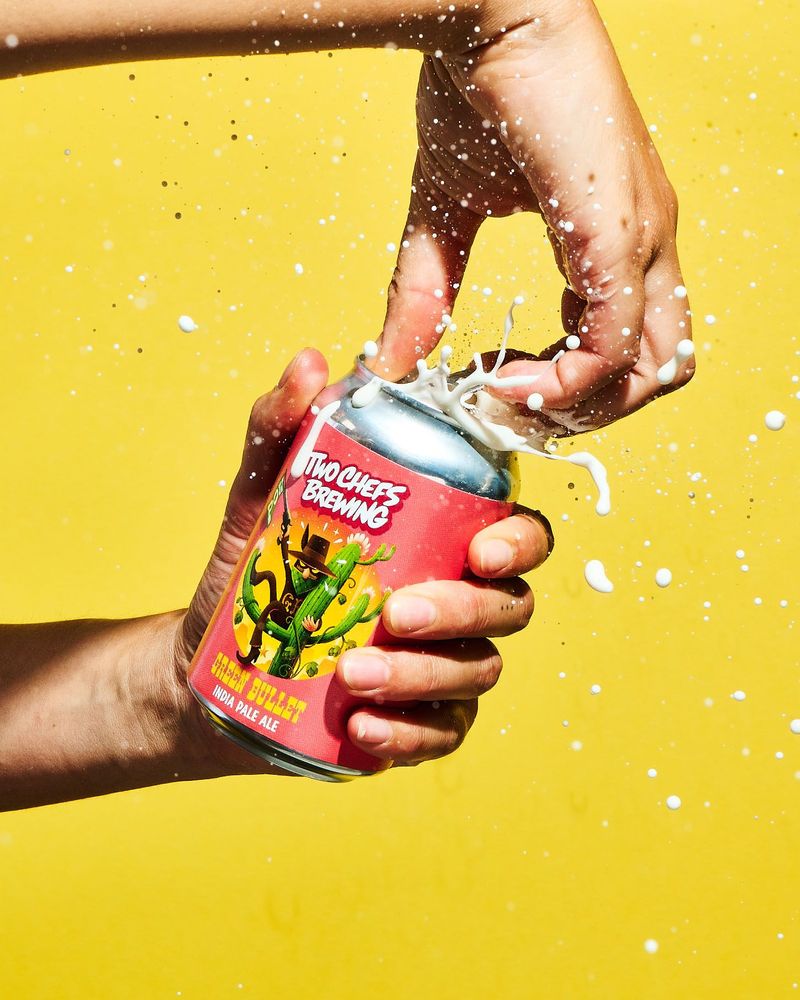
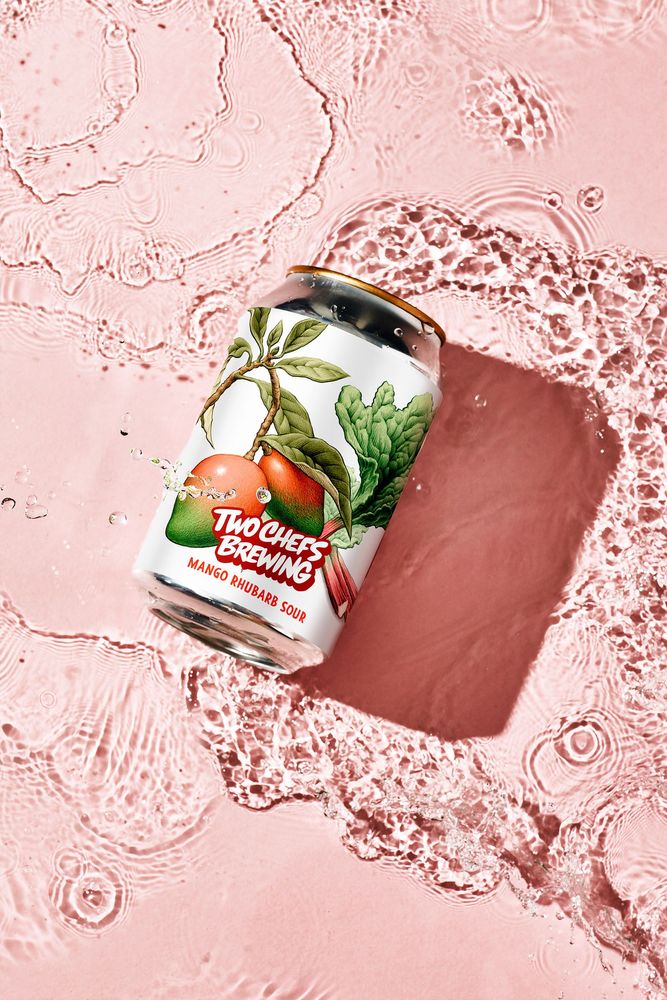
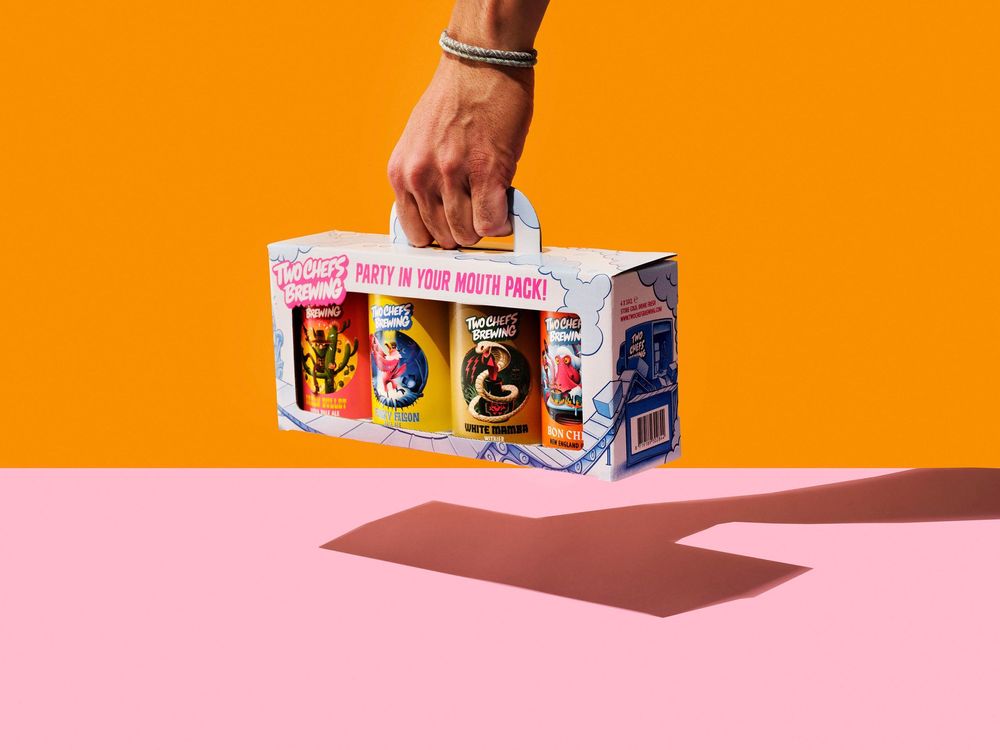
Do you consider clients’ requests as restrictions or essential guidelines?
DH: "When working for a client, you have to compromise sometimes. But there are limits. We once did a shoot for a banana company. We had a nice setup: good lighting, pleasing composition, and the works. And then, the client came in with this huge inflatable banana. It was too big and too plastic, and while we tried to include it in a shot, we just had to kill that idea then and there.
Funnily enough, restrictions or guidelines can actually be quite helpful. There are no constraints when I do uncommissioned work, and I find that much harder. Having no guidelines, and no structure, can be pretty scary. When I do creative shoots, I just mess around and experiment a bit until something happens. I’ll take a prop of some sort. Put some light on it. Maybe throw in an ice cube or shake it around. I really let go of preconceived notions and just try to see what happens.”
Were you born into a creative family?
DH: “My dad was a passionate amateur photographer and had great equipment. Unfortunately, he passed away when I was six years old. My mum is also incredibly creative and very musical. Being exposed to all these creative outlets from a young age influenced me greatly.
Although my family is not large, we are a close-knit unit. After my father's death, we became even closer and always had dinner together. Those dinners were like a haven for us, where we could connect over food. That’s probably where my love for food comes from.
I went on to study photography but also continued working as a chef. I began to do some food styling, and that’s how I ended up meeting Willem (ed. Willem Groeneveld, food photographer and founder of Twentyten). He ended up becoming my mentor. Willem can be tough, but he is really good at his work. His expertise and guidance have been invaluable in my learning process as a photographer.”
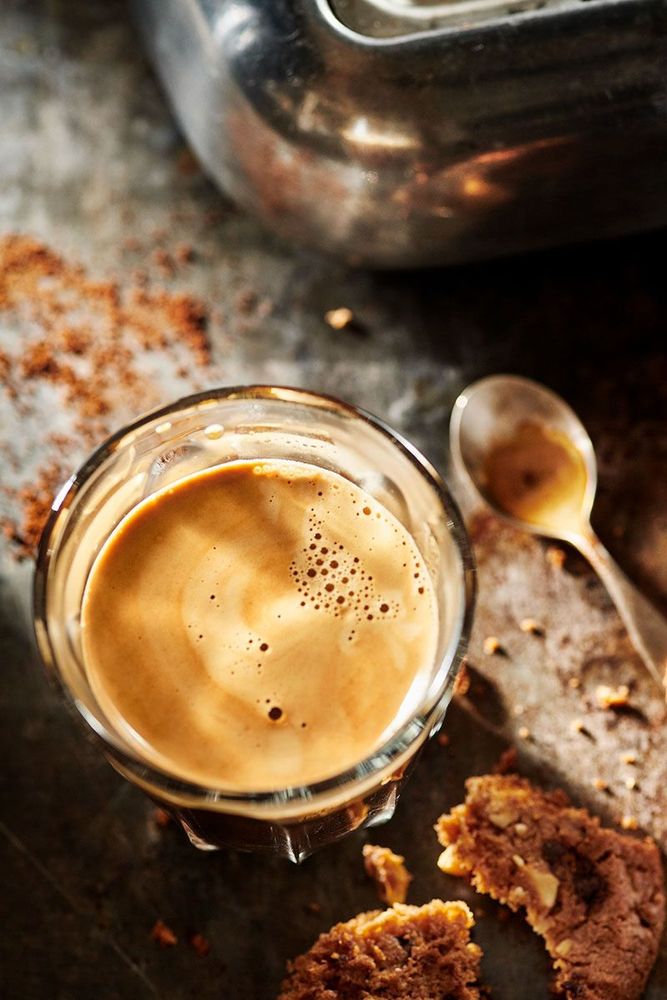
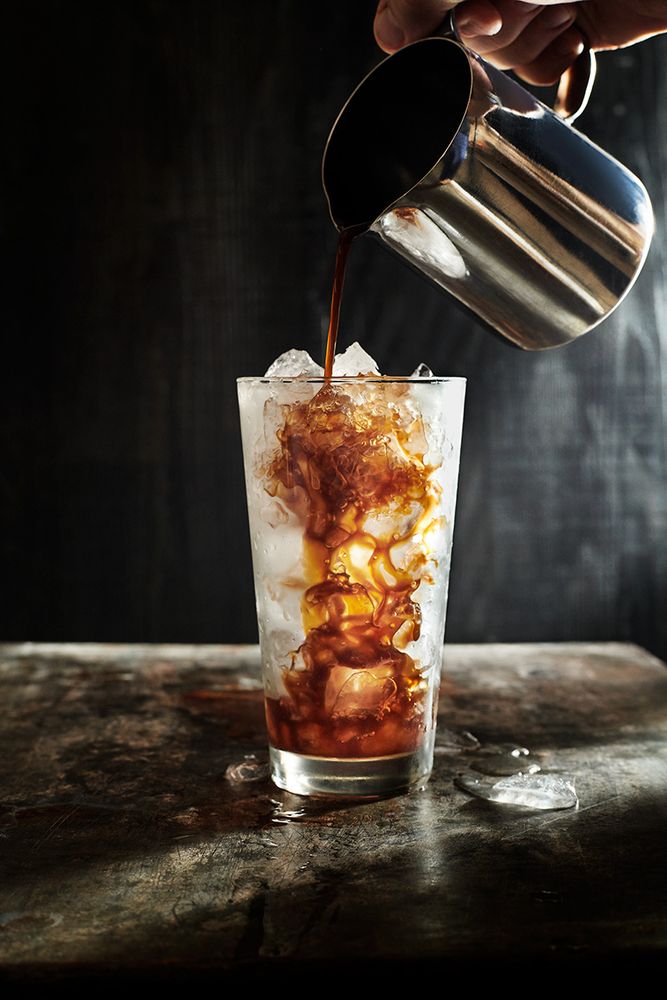

What is your definition of creativity?
DH: “I was thinking about that on the train this morning, and it’s quite a difficult question to answer because creativity can be so many different things. I believe that creativity requires some sort of synergy to flourish. Personally, I find that I'm more creative when I'm in a comfortable and secure setting.
When I meet new people or potential clients, I tend to be more cautious, trying to understand their perspectives and positions. Unfortunately, that process can stifle my creativity because I try too hard. But, in a supportive environment with like-minded individuals, where everyone shares the same goal of creating something beautiful, you can strengthen each other's creativity.”
The creative process can make you feel quite vulnerable, so I completely understand the need for a safe environment. But as a creative, you also want to push the boundaries and step out of your comfort zone, right?
DH: “Stepping out of your comfort zone is easier in a secure working environment, one where you know the people and have previously worked with them. You can still explore creative boundaries when working with a new team, but it requires more effort and dedication. It’s just a bit harder.
It's a fascinating balancing act because, on the one hand, you aim to produce your finest work, something that comes naturally when you feel at ease. But, on the other hand, you also want to grow as a photographer, which can lead to tension between comfort and growth.”
And then add that you do a lot of commercial shoots where time is of the essence. Talk about a balancing act!
DH: “Exactly! You’re in the middle of a shoot, and our producer says we have five minutes left to take the shot. That’s just killing but also necessary. Otherwise, you’d keep working at it because you’re never done or satisfied.
As a photographer, I want to take the best possible shot. But because I produce commercial work, the definition of a ‘beautiful’ shot tends to vary from what the client wants. The client’s primary objective is to sell a product, so I incorporate a pack shot and brand label, which are essential for marketing campaigns.”
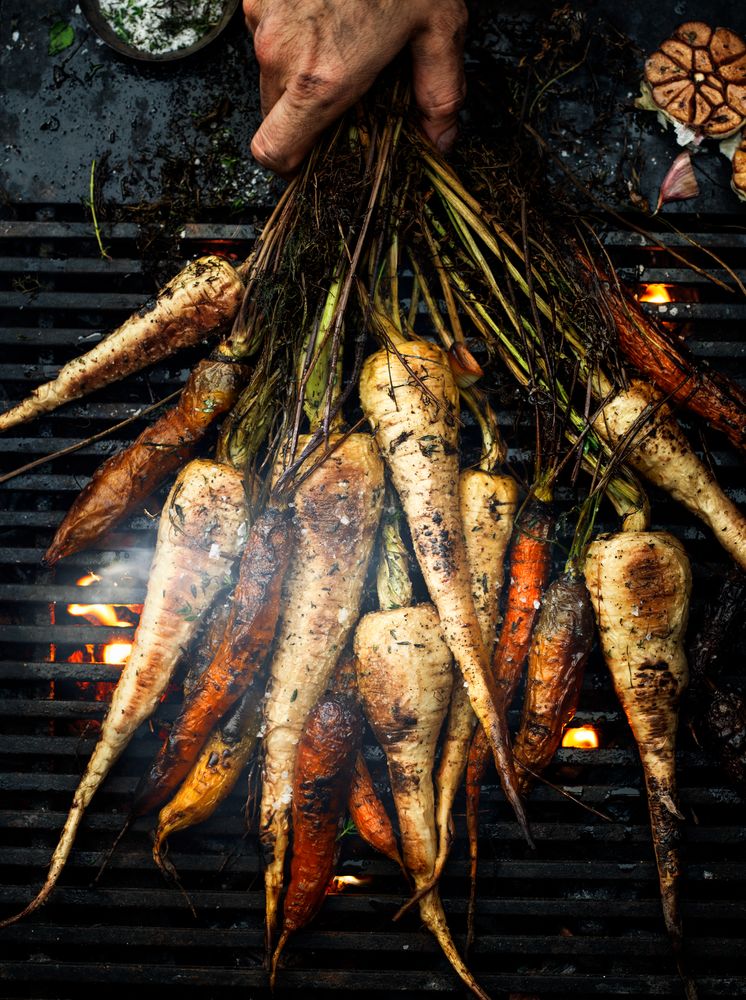

Are you looking for those happy accidents, then?
DH: "I’m a recovering perfectionist. Before, I was never really satisfied. I was tough on myself and always wanted everything to be perfect. But perfectionism kills all creativity. So I’ve learned to let go a bit. Usually, when I worked on an idea that wasn’t working for me, I got frustrated and would quit. Now I just keep working on something. I’m much more interested in the process that follows. Not knowing what will happen and not having complete control is crucial if you want to keep growing.
The biggest challenge today is finding the time to grow. Of course, creating uncommissioned work is essential, but in the studio, we’ve been so busy over the past year that we haven’t made any, which is a shame because it's really important. It sets you apart from commercial work and is important for future clients who want something different.”
Is that the most challenging part about being a creative and an entrepreneur: finding the right balance between creativity and commerce?
DH: "It’s the four quadrants of Stephen Covey. There’s quadrant 1: urgent and important. Quadrant 2: not urgent but important. Quadrant 3: urgent but not important. And finally, quadrant 4: Not urgent and not important. As an entrepreneur, a lot of things fall under quadrant 1: the phone rings, and you can’t ignore it; you have to answer it and act. The uncommissioned work and all the prep work fall under quadrant 2. Ideally, I spent most of my time in quadrant 2 because 1 is all about crisis management or putting out fires, stuff you really want to delegate. I want to be working on uncommissioned work more so I can continue growing as a photographer and company. When you just keep churning things out and don’t experiment from time to time, you’ll miss out on projects and clients looking for innovation.”
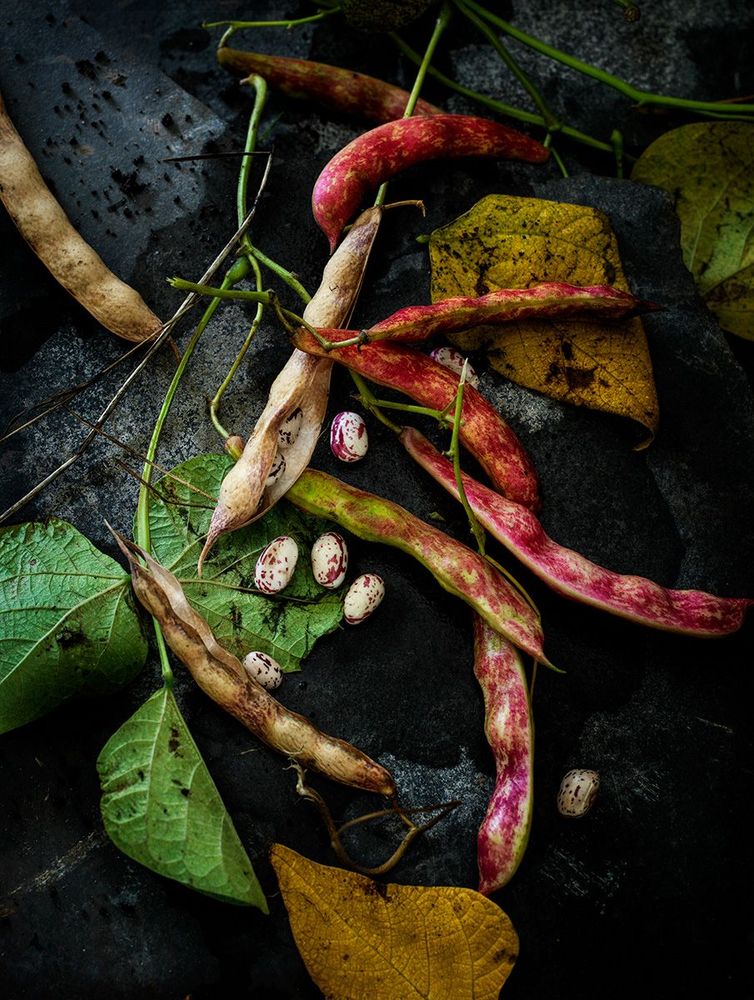

Where do you turn to for some much-needed inspiration when you already have a heavy workload and busy home life?
DH: "I try not to look at the work of other photographers because you unconsciously start copying things you like and I don’t want that. I also don’t like looking at the work or other studios because it takes away from your creativity. So instead, I look at things like design and architecture.”
“While sleep is very important to be creative, most of my ideas come to me at night.”
When are you most creative?
DH: "I do all the important stuff in the morning because that’s when I’m sharp. And while sleep is very important to be creative, most of my ideas come to me at night. I often wake up in the middle of the night and immediately write everything down. I’m very quick and creative in the early hours of the morning.
So I wake around 6 a.m., go downstairs, make coffee, exercise, take a cold shower, and start to work. I try to get the important stuff done before 11 am, and that’s when I have my last coffee of the day. After lunch, everything tends to slow down a bit, and we end the day at six. We don’t work late. At night the team is tired, and you just don’t create good work. I’d rather we all go home, have a good night's sleep, and return the following day.”
You have a great new, climate-neutral office, designed to cater to your artistic needs.
DH: "Willem gets all the credits, I merely gave some input, but you’re right that everything here was intentionally built and serves a purpose. For example, we put the studio downstairs and face north to get soft light all day. We thought a lot about where to put the windows for the best lighting in the studio so that we could use daylight.”

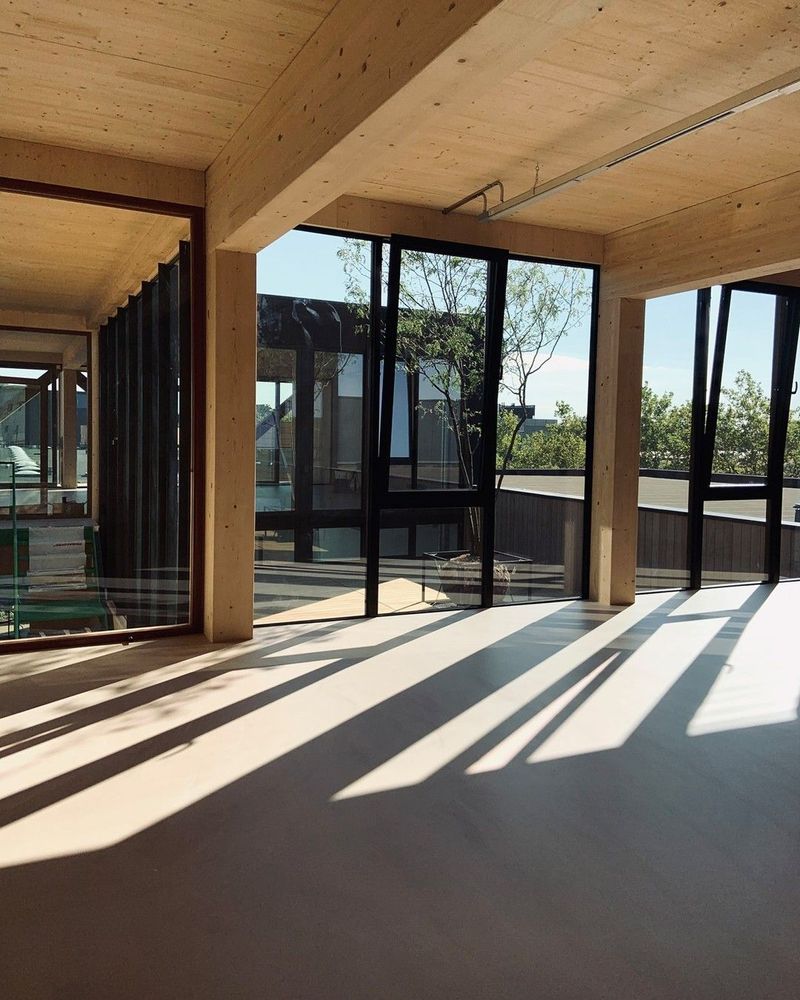
What are the challenges you face as a food photographer?
DH: “The biggest challenge with photographing food, whether that is a recipe or produce, is that it doesn’t stay the same throughout the shoot. It’s not a product you put in front of a camera and looks the same two hours later. So that is a challenge. It’s a race against the clock. Especially in the summer, when temperatures soar, you want the ingredients to look nice and fresh. And the strange thing about our work is that in the winter we shoot things that you would normally use in the summer, like strawberries and raspberries, so finding those is also a challenge.”
But aren’t there tips and tricks to keep things looking fresh? I recall seeing a behind-the-scenes video where a food stylist worked with shoe shine and glue to make the food look appealing.
DH: "We don’t use tricks. We like working with real ingredients and creating dishes you can eat. That’s what keeps our work looking natural and spontaneous. We’re food photographers, and it has to look and taste like food.”



Comments